Microsoft Japan recently tested a 4-day workweek and reported upsides galore – but do you think it would work across the board? What would be the benefits? The downsides?
Well, these 15 Redditors have thought it through, and their musings are definitely a good place to start.
15. More time to dig into what you love.
Life would be that much better. I would have somewhere around 50 extra days a year to do all the yardwork and home projects that I don’t want to spend all weekend doing.
14. It’s just science, people.
While having the option to do 4 10 hour days would be nice (people could decide if it would improve their lives), it’s a terrible plan from the perspective of societal benefit. No matter how much idiot workoholics claim otherwise, productivity is not steady across an 8 hour day. Most people can do, in a 6 hour day, the same level of productivity they could in an 8. Maybe 10% less. MAYBE.
If we want to make society better people should work closer in line to school. 9-3 (30 hour week) makes a lot more sense and then most of us wouldn’t need a 4 day week to get stuff done. There’d still be time to get stuff done during the week.
And those without kids? Give them the option of 4 8 hour days. Most of them would probably prefer the day off.
13. People don’t want to be shells.
Describing my life even with time off for vacation. I work 205 days per year, about 10-12 hrs per day (salaried), and I’m a shell of a person. No matter how hard I work, there is no progress, nothing gets better, the system sucks the soul from you, people come up with ideas that make things worse, everyone pretends like things are good, and no one has the resources to do what needs to get done.
12. Oh, how I wish this mentality would prevail.
In my experience, people will still slack off if they have the ability to, especially if they getting paid by the hour. Give them the incentive of “you can go home when you get x finished” and the uptick in productivity is amazing. Though, you also run the risk of half assed work that way.
11. Some people definitely love it.
My new job is 4 day, ten hour work shifts (Wed-Sat, 7:30 – 6) and it’s honestly worth it just for the 3 day weekend.
I have yet to feel a case of the “Mondays”, I’m properly rested despite 10 hour shifts, and Mondays/Tuesdays are perfect “odd” days for things like hitting the gym, grocery shopping etc. since it’s hardly crowded.
10. The three-day weekend is huge.
My company switched to 4 10 hour days. We are diesel technicians and work 7-5:30. Half of us work Monday through Thursday and the other half work Tuesday through Friday. We have did this for over two years and we all love it. It is so nice to have a three day weekend every week. Another thing about it that is nice is if you doctors appointment or something I can make it on a Monday and don’t have to miss any work.
9. When you love what you do…
It really depends on the work. I’ve worked jobs where 30 hours was hell, jobs where 60 was a breeze, and everything in between. I remember one particularly long couple weeks (pretty sure I cleared 160 hours that pay period) that was stressful at first but turned into a cakewalk with a lot of babysitting equipment and just being available at the site if the remote engineers needed my hands for something (and steak/beer on the company dime every night for 2 weeks,) but I also remember a summer at a different job with 4 12s a week in a 120 degree room full of plastic fumes and a plant supervisor that saw sitting down instead of standing at a sorting table as some sort of moral failing…
8. Even for less money.
Fuck it. I’ll take the drop in salary. My biggest complain…probably in general, is that there is no way to take extra time off. I can only take 2.5 weeks a year and that is just stupid. Life becomes slaving away constantly without leaving the same 10 mile radius. That goes on for decades. Leads to extreme depression.
We only get one life and we make a sick joke out of it because there is no other way to survive. And then it degrades your morale even more until you are a helpless husk of a person who can’t find a way out.
7. Let’s all stop working for the weekend.
I would gladly work 4 ten hour days to have an extra day off. 2 day weekends are too short. They’re gone just as soon as you start to feel comfortable
6. Way too much time, indeed.
I feel like people are missing the point, which is that we need to shorten the work week/amount of time spent at work. When people say we should switch to 4 day work weeks, they don’t mean 4 tens or 4 twelves. We need to WORK LESS, meaning 4 day weeks that are still 8 hour days (or less, because most people could get the same amount of work done in 4 five or six hour days as they do spreading it out over 5 eights and procrastinating at work as much as they can). With adding in commuting time, and any time outside of work spent thinking about work, answering texts or emails, etc., the average adult spends way too much time on work.
5. There are benefits for employers, too.
My employer gives us every other Friday off. We work 80 hours over 9 days (M-F, M-Th). It’s really helpful to have those Fridays to schedule appointments, and I have less desire to burn PTO throughout the year just to take a much-needed Friday off (through the end of October, I had only used 2.5 PTO hours for the year, mostly for doctor’s visits). The only real downside is that on the Fridays that we do work, nobody wants to do anything.
4. You’ll still need work-life balance.
I’ve stopped donating time and freely use the phrase “donating time”, which nips in the bud any implied requirement to work past 40 hrs. My bosses have always known if there’s an emergency, I’ll be there with bells on and do whatever it takes (including being on site until 4 in the morning and back to work the next day), but other than that, they know to leave me alone.
Don’t get me started on the ‘must take an hour for lunch’ standard. The entire point of that is they know a lot of people will work at their desk while eating, so they get 9 hrs out of you instead of 8. I take my full hour at a local park.
Work-life balance is all about setting boundaries.
3. You can’t lose the benefits, though.
I’ll take the drop in salary.
Me, too. My biggest concern is that health insurance, retirement benefits, etc., are tied to employment in the United States. I’d happily work fewer hours for less pay if I could also maintain healthcare coverage and other benefits.
Health insurance and retirement benefits shouldn’t be tied to employment. It hamstrings employees, effectively retracting our freedom to move on to other employment or start our own businesses.
2. It could ease up on stress.
I work 4 9 hour days and then half-day Fridays. The Fridays themselves are awesome because even though it’s a “half day”, with the proximity to the weekend and how many people take those days off they’re barely work days at all. Not stressful at all. This is awesome too because you can get a 3 day weekend by only taking a half-vacation day.
The biggest downside that people don’t realize is how much working a 9 hour (or 10 hour, usually I’m here from 8-6) day really sucks. You arrive when it’s dark, you leave when it’s dark, and by the time you get home it’s 6:30/7 and you can do 1 thing before needing to go to bed. Working out, cooking, cleaning, all become a lot harder when you’re home at that hour instead of home at 5/5:30 every day.
The half day Fridays themselves can be a lot of fun in summer when there are things to do, but you know what happens in winter? I go home at 12 and sleep for a couple hours to make up for sleep deprivation earlier in the week lol. It all evens out in the end.
1. More tools to fight rising depression.
Working a 5 day work week just makes life seem so much more pointless. By the time I get the other things I need to do (grocery shopping, appointments, etc.) done, its Sunday night. A 4 day work week might give me time to play the piano I bought to combat depression.
I mean, working one less day is kind of a no-brainer, right? I definitely think so.
Would you rather keep the status quo? Sound off as to why or why not in the comments!
The post 15 People Weigh in on the Idea of a 4-Day Work Week appeared first on UberFacts.

 . "It's not under the E yet…" . #dodge #jeep #srt #srt8 #mopar #hemi #turbo #twinturbo #boostedcars #horsepower #americanmuscle #custom #modified #moparornocar #lowfuel #gas #srt4 #srt10 #viper #challenger #charger #300c #neon #truestreetperformance #carmemes #lol #airplanemovie
. "It's not under the E yet…" . #dodge #jeep #srt #srt8 #mopar #hemi #turbo #twinturbo #boostedcars #horsepower #americanmuscle #custom #modified #moparornocar #lowfuel #gas #srt4 #srt10 #viper #challenger #charger #300c #neon #truestreetperformance #carmemes #lol #airplanemovie
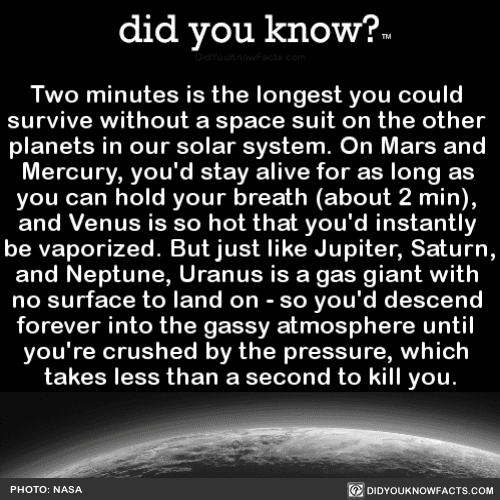
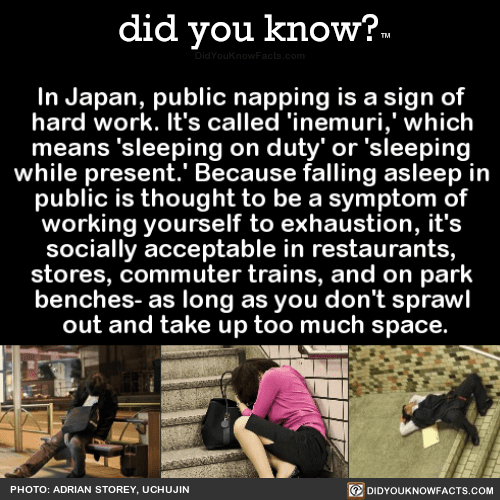
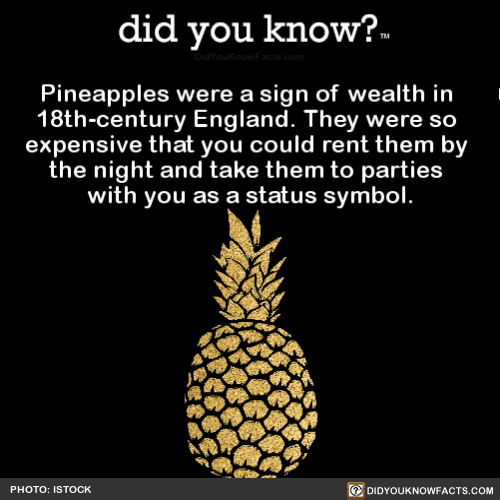


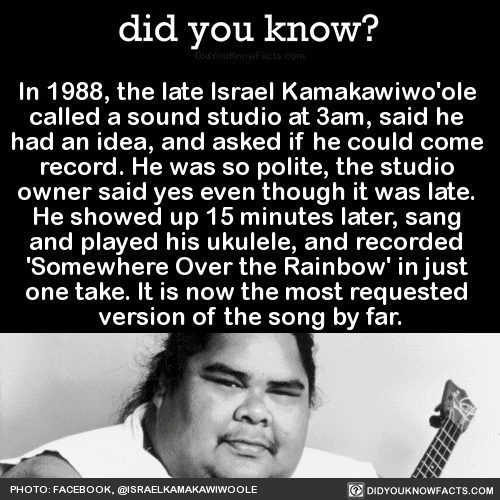
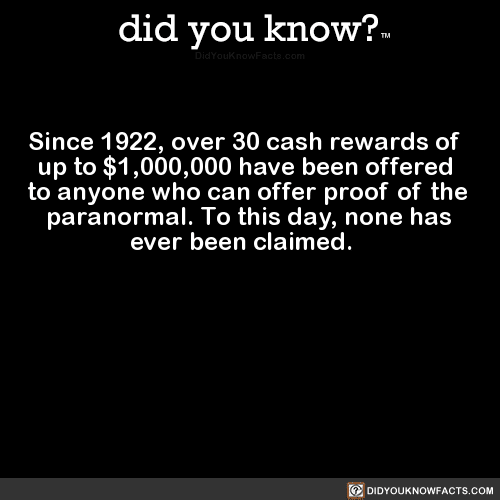


 … went trough without hitches…
… went trough without hitches…

 #ocean #Bermuda #bermudatriangle #holiday #virginatlantic #britishairways
#ocean #Bermuda #bermudatriangle #holiday #virginatlantic #britishairways


 #shuffle #elevatorsofinstagram #charlieandthechocolatefactory #vermiciousknids #charlieinthewhitehouse #greatglasselevator #charlieandthegreatglasselevator #elevatormemes #elevatormeme #shufflesongs #shufflemusic #iuec #iueclocal18 #shuffled #elevatorbuttons #elevator #elevator #elevatormechanic #elevatorconstructors #otiselevator #elevatorinterior #iueclocal1 #iueclocal8 #iueclocal7 #iueclocal21 #iueclocal45 #elevatorpic #shufflebutton #elevatorrepair #elevatorstories #internationalunionofelevatorconstructors
#shuffle #elevatorsofinstagram #charlieandthechocolatefactory #vermiciousknids #charlieinthewhitehouse #greatglasselevator #charlieandthegreatglasselevator #elevatormemes #elevatormeme #shufflesongs #shufflemusic #iuec #iueclocal18 #shuffled #elevatorbuttons #elevator #elevator #elevatormechanic #elevatorconstructors #otiselevator #elevatorinterior #iueclocal1 #iueclocal8 #iueclocal7 #iueclocal21 #iueclocal45 #elevatorpic #shufflebutton #elevatorrepair #elevatorstories #internationalunionofelevatorconstructors
